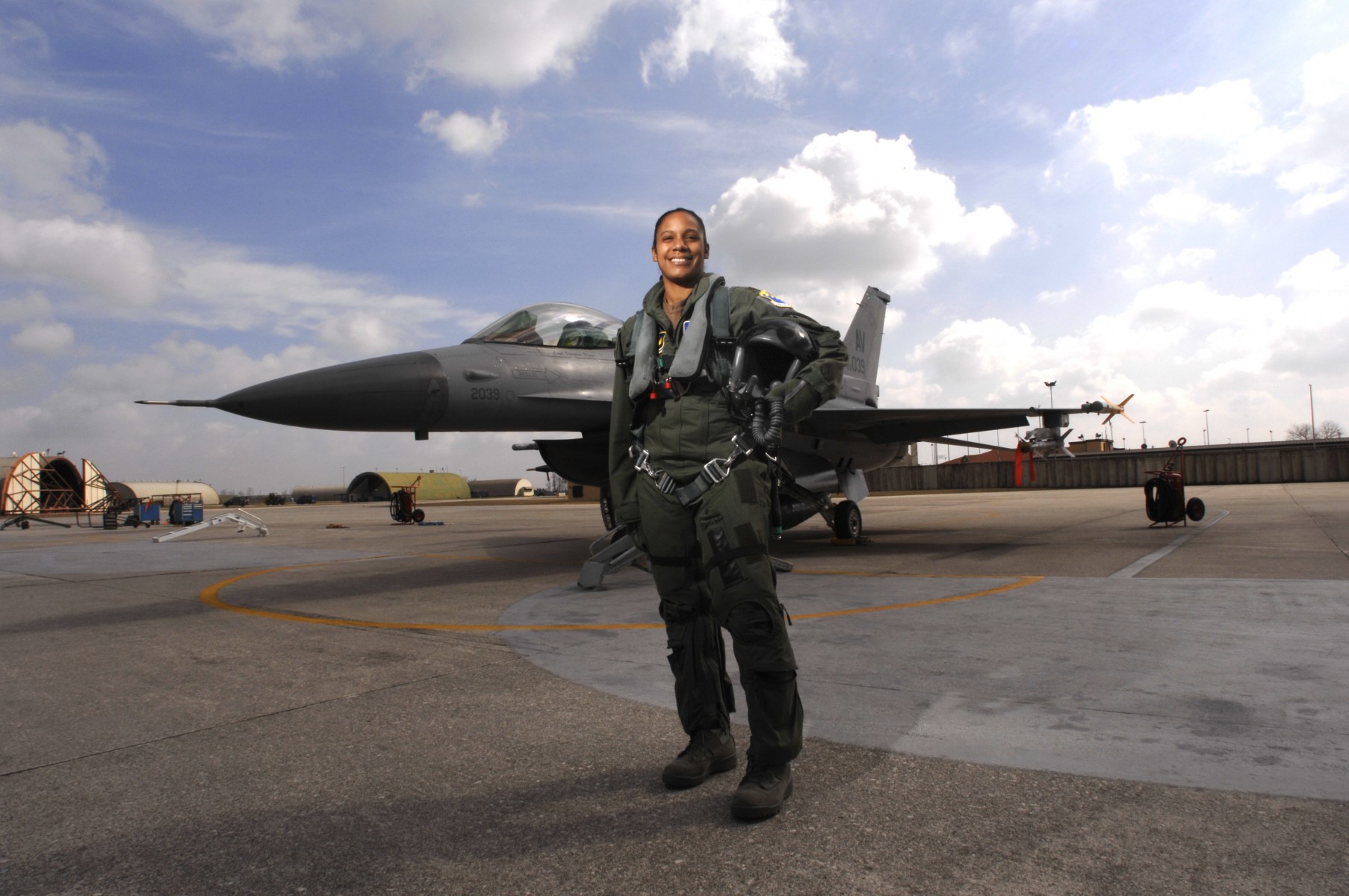Training to Become a Fighter Jet Pilot
It takes years of extensive specialized training to fly a fighter jet safely and effectively. Aspiring pilots must first complete basic flight training in smaller propeller planes to learn fundamental flying skills. They then progress to advanced training using more complex aircraft. Only after mastering skills in these stepping stone aircraft can pilots begin fighter jet training. Even experienced pilots require additional familiarization when transitioning to a new jet model. Fighter pilot training covers far more than just flying. Trainees undergo rigorous academic and physical conditioning as well. They study critical topics like aerodynamics, navigation, weapon systems, and air combat tactics. Physical training prepares their bodies to withstand high-G maneuvers and tolerate extremes of heat and acceleration that fighter jets produce. Without developing these multifaceted abilities, flying a high-performance jet would endanger lives.

Operating a Modern Fighter Jet
Once fully qualified, fighter pilots operate some of the most technologically advanced aircraft in existence. Modern jets like the F-35 are essentially flying supercomputers. Pilots rely on digital interfaces to navigate, identify threats, deploy weapons and communicate. Even routine flights require absorbing massive amounts of flight and sensor data in intense situations. Maintaining situational awareness taxes ones mental and physical limits.
High-Speed Intercept Missions
Some missions like airborne intercepts push pilots and jets to their extreme performance edges. When responding to emergency situations, jets may accelerate from a standing start to supersonic speeds within minutes. Pilots must smoothly orchestrate powerful jet engines, aerodynamic flight controls and integrated systems under rapidly evolving conditions. Even minor errors at such speeds and stresses could end in disaster. Years of intense training hone the hand-eye coordination and split-second decision making needed to complete such missions successfully.
Air Combat Maneuvers
Dogfighting requires maneuvering fighter jets into extremely close-quarters aerial duels that would be suicidal without immense skill. Pilots throw their nimble jets through precise high-G barrel rolls, loops and scissors to gain tactical advantages against adversaries. Even in simulated battles, one mistake during a flat spin or immelmann could prove fatal. Mastering such dynamic maneuvering at the very edge of a jets performance envelope separates the best pilots from the rest. It takes a unique mental toughness to fight in such an unforgiving three-dimensional battlespace.
Pushing Performance Boundaries
Some pilots participate in experimental test programs to advance jet performance. During these missions, pilots push their aircraft to previously untested limits. Flights approaching mach 3 or exceeding 35,000 feet altitude encounter volatile conditions that forgive no errors. Pilots collect vital data on STOVL jet operations, low altitude bombing runs and weapons envelope expansions under extreme heat and stresses. Such testing flights advance aviation technology but also risk life whenever normal limits are exceeded. It takes exceptional bravery and flying skill to volunteer for such high-risk missions at the outer edge of human endurance.
The Demands of Carrier Operations
For carrier-based jets, naval aviation imposes additional challenges. Fixed-wing jets must launch and recover aboard pitching flight decks in all weather conditions, often at night. Pilots must visually acquire tiny moving targets in complete darkness or low visibility while coordinating complex wireless signals, then smoothly power-on heavyweight aircraft to stall speeds within feet of non-forgiving steel. Even accomplished pilots know one small lapse could lead to catastrophe. It requires immense discipline, technique and composure to operate safely from the constrained space of an aircraft carrier.
Challenges of Modern Aerial Warfare
The demands of twenty-first century aerial combat have grown exponentially since WWII. Fighter pilots navigate highly contested next-generation battlespaces where survival hinges on milliseconds. They face sophisticated surface-to-air threats across an entire theater, coordinate complex coalition missions and deploy advanced sensor fused weapons at beyond visual distances. Modern pilots must master exponential leaps in avionics, connectivity, tactics and workload just to compete with peer adversaries. It is a testament to their determination and talent that these Airmen rise to meet warfare’s evolving challenges from the unforgiving cockpit of a high-performance jet.

 Exploring Manila and Beyond: A Travel Guide to the Philippines
Exploring Manila and Beyond: A Travel Guide to the Philippines